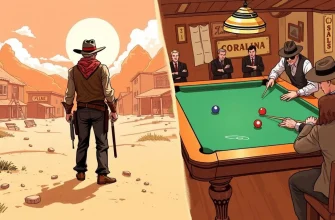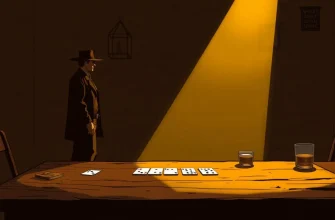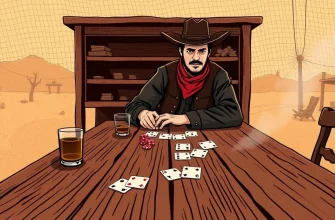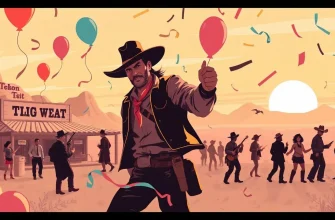The Wild West was not just about gunfights and cattle drives; it was also a time when gambling was a way of life. From saloons to riverboats, the allure of a big win was ever-present. This collection of films captures the essence of the gambling spirit in the Western genre, offering viewers a blend of action, drama, and the high stakes of the frontier. Whether you're a fan of classic Westerns or looking for something with a modern twist, these films will take you on a journey through the dusty trails of risk and reward.

The Lucky Texan (1934)
Description: John Wayne stars as Jerry Mason, who strikes oil and then loses it all in a card game, only to regain his fortune through a series of adventures. This film showcases the classic Western theme of fortune and misfortune through gambling.
Fact: This was one of the many films John Wayne made with director Robert N. Bradbury, who was also his father-in-law.
 Watch Now
Watch Now 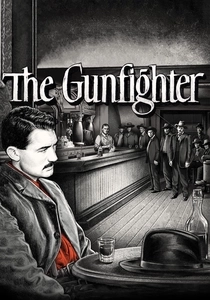
The Gunfighter (1950)
Description: While the main plot revolves around a gunslinger's quest for peace, there are moments where gambling is depicted, adding depth to the character's life and the era's atmosphere.
Fact: Gregory Peck's performance in this film is often cited as one of his finest, showcasing his ability to portray complex characters.
 Watch Now
Watch Now 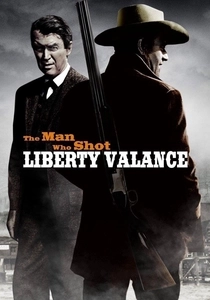
The Man Who Shot Liberty Valance (1962)
Description: Although not directly about gambling, this film includes scenes where characters engage in card games, reflecting the gambling culture of the time. It's a classic Western with themes of justice, law, and the transition from the Wild West to civilization.
Fact: The film is famous for the line, "When the legend becomes fact, print the legend," which has become a cultural touchstone.
 Watch Now
Watch Now 
The Cincinnati Kid (1965)
Description: Set in the 1930s, this film revolves around a young poker player known as "The Cincinnati Kid" who challenges the legendary "The Man" in a high-stakes game of five-card stud. It's not a traditional Western, but its focus on gambling and the era's atmosphere make it a fitting inclusion.
Fact: Steve McQueen, who plays the Kid, was known for his love of gambling in real life, which added authenticity to his performance.
 Watch Now
Watch Now 
The Gambler (1974)
Description: Although not set in the Wild West, this film's theme of gambling addiction and its consequences resonates with the high-stakes environment of Western gambling. It's about a literature professor with a gambling problem, offering a different perspective on the gambling narrative.
Fact: The film was remade in 2014 with Mark Wahlberg in the lead role, but the original remains a classic for its gritty portrayal of gambling's dark side.
 Watch Now
Watch Now 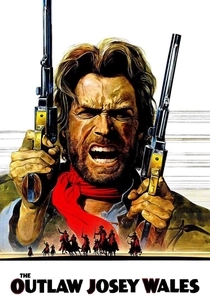
The Outlaw Josey Wales (1976)
Description: This film features several scenes where characters engage in gambling, reflecting the rough and tumble life of outlaws. It's a gritty portrayal of the post-Civil War West, where gambling was a common pastime.
Fact: Clint Eastwood not only starred in but also directed this film, marking a significant point in his career transition from actor to filmmaker.
 Watch Now
Watch Now 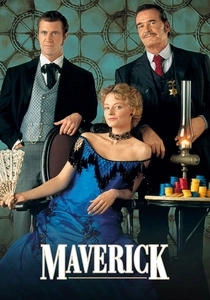
Maverick (1994)
Description: This film follows Bret Maverick, a charming gambler, as he tries to gather enough money to enter a high-stakes poker game. It's a perfect blend of comedy, adventure, and the classic Western setting, making it a must-watch for fans of gambling in the Wild West.
Fact: The film was inspired by the 1950s TV series of the same name, and it features a memorable cameo by James Coburn, who played the same character in the original series.
 Watch Now
Watch Now 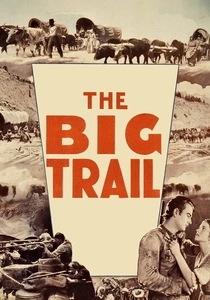
The Big Trail (1930)
Description: While primarily a Western epic, this film features scenes of gambling in saloons, capturing the essence of the frontier's gambling culture. It's an early example of John Wayne's career, showcasing his rugged charm.
Fact: The film was shot in an early widescreen process called "Fox Grandeur," making it one of the first films to use this technology.
 Watch Now
Watch Now 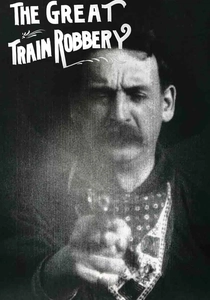
The Great Train Robbery (1903)
Description: While primarily known for its historical significance in cinema, this silent film includes scenes of gambling in a Western setting, making it an early example of the genre's fascination with games of chance.
Fact: This film is often credited with being one of the first narrative films, influencing the development of the Western genre.
 30 Days Free
30 Days Free 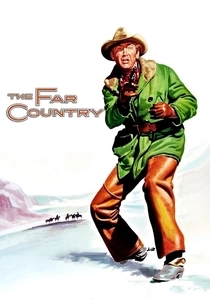
The Far Country (1954)
Description: This film includes scenes of gambling in saloons, capturing the essence of the frontier's gambling culture. It's a story of a cattle drive and the personal journey of its characters, with gambling as a backdrop.
Fact: The film was shot in Technicolor, which was still a relatively new and expensive process at the time, enhancing its visual appeal.
 30 Days Free
30 Days Free 

